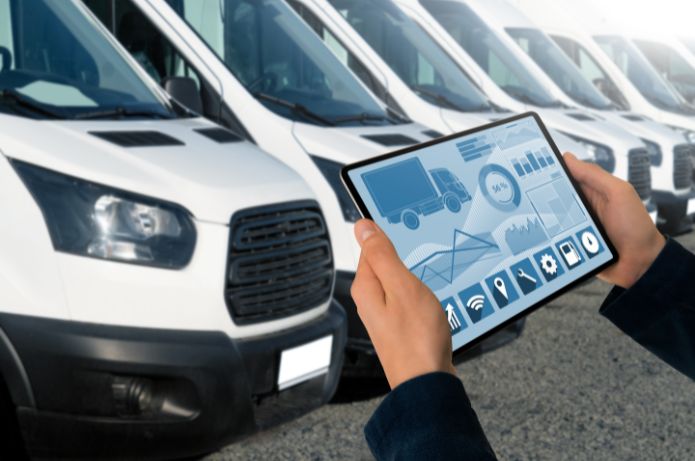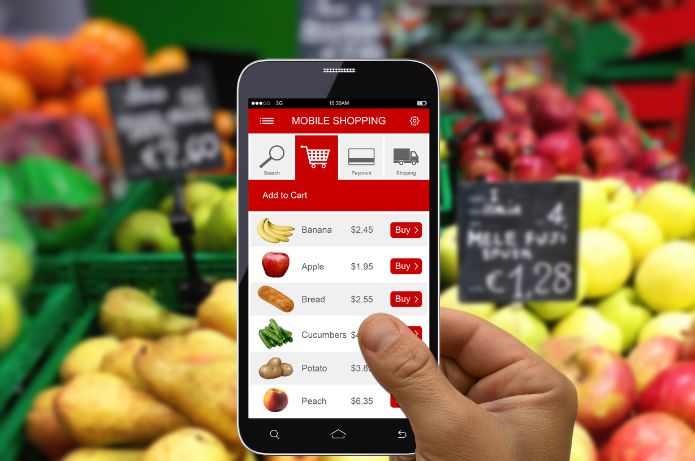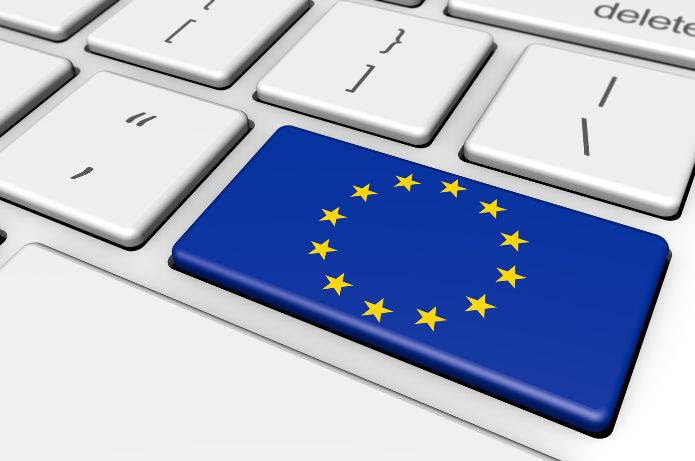Definition:
The Facebook Pixel is an advanced tracking code provided by Facebook (now Meta) that, when installed on a site, allows monitoring, analyze and optimize user actions regarding Facebook and Instagram ads
Main Concept:
This small piece of JavaScript code acts as a bridge between an advertiser's website and Facebook's advertising platform, collecting valuable data on visitor behavior and their interactions with ads
Main Features:
1. Conversion Tracking
– Monitors specific actions taken by users on the site
2. Remarketing
– Allows creating custom audiences for retargeting
3. Ad Optimization
– Improves ad delivery based on collected data
4. Attribution of Conversions
– Associate conversions with the specific ads that generated them
5. Behavior Analysis
– Provides insights into user actions on the site
Operation:
1. Installation
– The code is inserted in the header of the website
2. Activation
– It is activated when a user interacts with the site
3. Data Collection
– Records information about user actions
4. Transmission:
– Send the collected data to Facebook
5. Processing
– Facebook analyzes data to optimize campaigns
Event Types:
1. Standard Events
– Predefined actions such as "Add to Cart" or "Start Checkout"
2. Custom Events
– Specific actions defined by the advertiser
3. Conversion Events
– High-value actions such as purchases or registrations
Benefits:
1. Precise Segmentation
– Create highly specific target audiences
2. Campaign Optimization
– Improves ad performance based on real data
3. Measurement of ROI
– It allows calculating the return on investment in advertising
4. Cross-Device Tracking
– Tracks users across different devices
5. Valuable Insights
– Provides detailed data on user behavior
Privacy Considerations:
1. Compliance with GDPR
– Need for user consent in the EU
2. Transparency:
– Inform users about the use of the Pixel
3. User Control
– Offer options to opt-out of tracking
Implementation:
1. Creation of the Pixel
– Generated on the Facebook ads platform
2. Installation on the Site
– Insertion of the code in the website header
3. Event Configuration
– Definition of the events to be tracked
4. Test and Verification
– Use of tools like Facebook Pixel Helper
Best Practices:
1. Correct Installation
– Ensure that the code is present on all pages
2. Clear Definition of Events
– Identify and configure relevant events for the business
3. Use of Product Catalog
– Integrate with the catalog for dynamic ads
4. Regular Update
– Keep the Pixel updated with the latest versions
5. Continuous Monitoring:
– Regularly analyze the collected data
Limitations:
1. Cookie Dependency
– It may be affected by ad blockers
2. Privacy Restrictions
– Subject to regulations such as GDPR and CCPA
3. Limited Precision
– There may be discrepancies between Pixel data and other analytics
Integrations:
1. E-commerce Platforms
– Shopify, WooCommerce, Magento, etc
2. CRM Systems
– Salesforce, HubSpot, etc
3. Analytics Tools
– Google Analytics, Adobe Analytics
Future Trends:
1. Machine Learning
– Greater use of AI for ad optimization
2. Enhanced Privacy
– Development of more privacy-respecting tracking methods
3. Integration with Other Platforms
– Expansão para além do ecossistema Facebook/Instagram.
Conclusion:
The Facebook Pixel is a powerful and essential tool for advertisers looking to maximize the return on their digital advertising investments. By providing accurate data on user behavior and enabling highly refined segmentation, the Pixel enables more effective and personalized campaigns. However, its use comes with significant responsibilities in terms of privacy and transparency. As the digital landscape evolves, the Facebook Pixel will continue to adapt, offering new features and approaches to meet the ever-changing needs of advertisers











